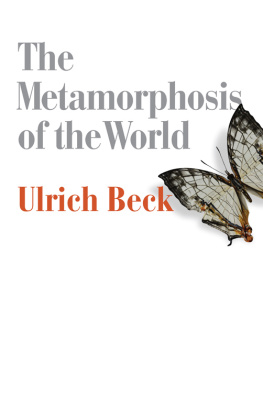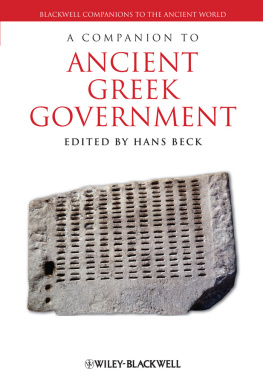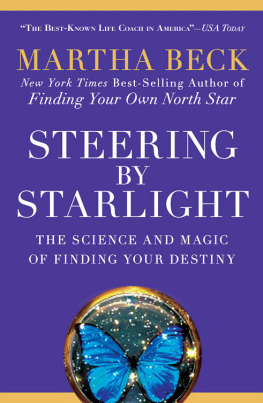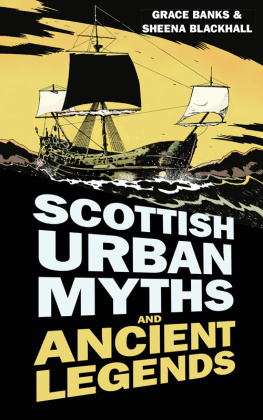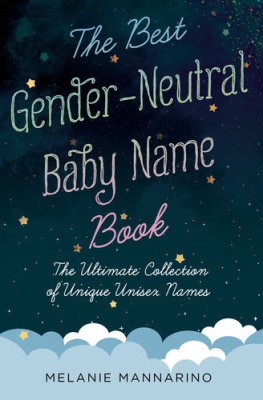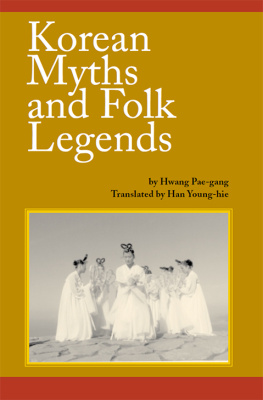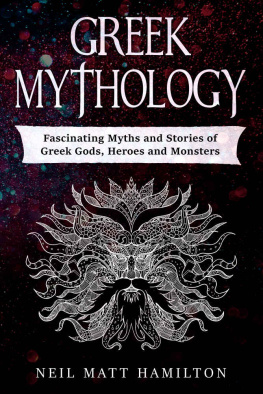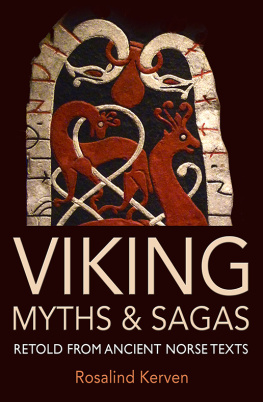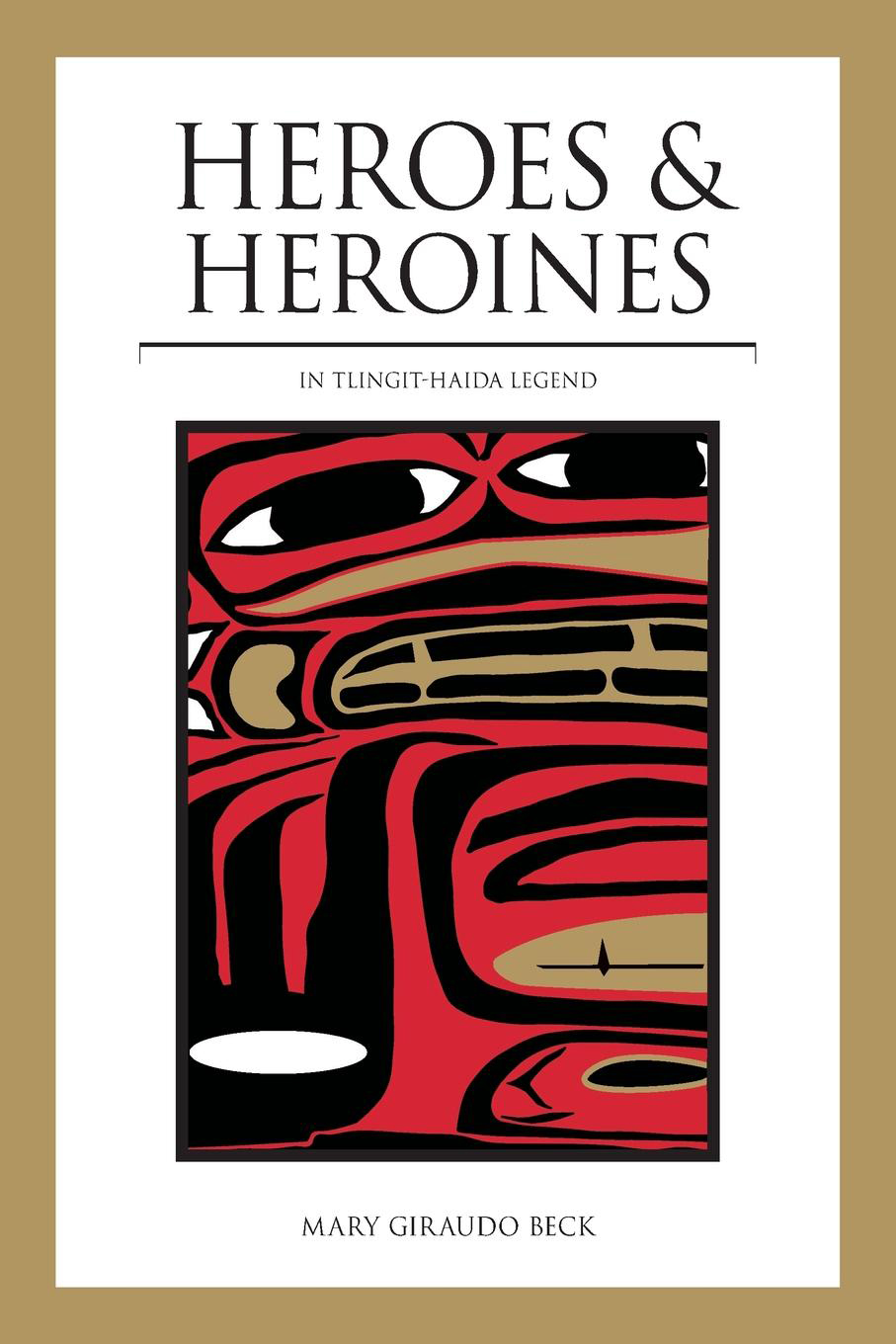1989 by Mary L. Beck
All rights reserved. No part of this book may be reproduced or transmitted in any form or by any means, electronic or mechanical, including photocopying, recording, or by any information storage and retrieval system, without written permission of Alaska Northwest Books.
Library of Congress Cataloging-in-Publication Data Beck, Mary L., 1924
Heroes and heroines of Tlingit-Haida legend and their counterparts in classical mythology / by Mary L. Beck; illustrated by Nancy DeWitt.
p. cm.
Bibliography : p. 113
ISBN: 978-0-88240-334-2 (pbk.)
ISBN: 978-0-88240-970-2 (e-book)
ISBN: 978-0-88240-965-8 (hardbound)
1. Haida Indians Legends. 2. Tlingit Indians Legends. 3. Mythology, Classical Cross-cultural studies. I. Title.
E99.H2B43 1989 89-14931
398.2089972 dc20 CIP
Edited by Ethel Dassow
Cover and book design by Lynn Hamrick
Illustrations by Nancy DeWitt
Alaska Northwest Books
An imprint of

P.O. Box 56118
Portland, OR 97238-6118
(503) 254-5591
www.graphicartsbooks.com
To my husband, George
And thanks to my editor and friend, Ethel Dassow
CONTENTS
FOREWORD
The oral literature of Southeast Alaska Natives, like that of other primitive cultures, evolved from the universal human need to understand and explain how it all began, what forces are in control, how man fits into the scheme of things, how to live in harmony with the natural forces and the other creatures of the earth some of which man must kill if he is to survive and to transmit these concepts to posterity.
The literature deals with significant events in tribal, clan or family history, with adventures and misadventures of folk heroes, with supernatural forces, and with relationships and interchanges between human and nonhuman beings.
Some myths and legends had their origins in a past so distant that no one knows what seeds they grew from. Others are relatively recent. They are neither all fact nor all fantasy. They are allegories, parables, metaphoric presentations of cultural values and the socially accepted life view.
Nature is so bountiful in Southeast Alaska that its aborigines had leisure to develop a complex culture, which survives in their unique and sophisticated graphic arts, their music and dances and their rich oral literature.
The myths and legends were told and retold at potlatches, less formal gatherings, as family pastimes, even as bedtime stories. But their entertainment value was secondary. Here, as elsewhere, the important function of myth and legend was to pass the knowledge of traditions, morals and mores from the old to the young, maintain social cohesion and continuity, keep the culture alive and flourishing.
Even today, though these people have been literate for generations and have entered mainstream culture, they keep the art of storytelling alive.
To the Tlingits and Haidas the oral literature of the lineage, the clan or the tribe is hereditary property, intangible but nonetheless owned. As a group grew, divided and subdivided, none relinquished ownership of the groups intangible properties. In time, some related groups were separated by hundreds of miles of waterways and islands, and mutual ownership of intangible properties served as a bond of kinship.
With tribal intermarriage, some intangible properties passed into shared ownership. Or they might be transmitted as gifts or spoils of battle, in trade or as ransom. Thus the stories of the Tlingits and the Haidas, their music and dances and their visual symbols have much in common.
Just as language itself evolves over time, the oral literature evolved as a detail was added here or subtracted there, a name was remembered differently or deliberately changed, emphasis was altered, and so there were several versions of most stories before any were recorded.
The myths and legends collected here are authentic for one group or another, though other versions may be equally authentic.
Names of the heroes and heroines are usually omitted to avoid confusion or encroachment upon private property. The stories in themselves are worth telling, and in their parallels to the myths and legends of other cultures, they reinforce the one-world concept. Through them we see that human needs, reactions and values are essentially the same everywhere, and that human beings, wherever they live, have found similar ways of explaining life and transmitting their concepts.
Ethel Dassow
April 1989
PREFACE
Inside the large community house, its plank walls painted with ancestral crest figures, the people gather around the central fireplace according to rank and social status. They have come for a potlatch. The host group presides over the festivities. Maybe they have gathered to proclaim a new chief or honor a passing one. Or they might want to formalize claims to a clan crest or celebrate the taking of a new name by a young man come of age. Whatever the occasion, many gifts will be given, and it will be a time of feasting, singing and dancing, of honoring lineages and of telling ancestral stories.
Some of these stories, passed on orally through the years, belong to individual groups, the only ones entitled to tell them. But others are clan stories, so popular they have been told in different ways by many groups who honor the same heroes as part of their heritage. This is true of the story of Natsilane, the skilled carver who fashioned the mighty Killer Whale from cedar and coaxed it into life. Other widely claimed clan legends include the story of Gunarh, who dared to invade the underworld and snatch his wife back to earth, and the tale of Blackskins bare-handed struggle with sea lions to avenge his uncles death. In fact, the figure of Blackskin tearing the huge sea lion in half is carved on the cedar posts of this community house.
Heroes did not usually inherit their special powers. They had to prove worthy first by obeying clan codes and bathing in icy water, fasting, and exercising strenuously. Devotion to the crest animals, who often gave them their special powers, was important too. The Boy Who Fed Eagles gained honor, wealth and power for having shown respect to eagles in spite of his familys disapproval. It was while making his preparations in secret that the young man who became Gonakadet was inspired with a plan for trapping the luck-bearing monster. Then by wearing the monsters skin, he was able to provide his starving village with food.
The heroines of these myths sometimes bring good fortune and sometimes do not. Rhipsunt married a Bear and bore children who had special hunting powers, which they took with them to her clan. Fog Woman brought salmon to the streams. Creek Woman is the source of all streams. But the same character as Volcano Woman brought destruction to a village, as did the Girl with a Woodworm pet that grew into a monster and devoured the village provisions.
In these stories, regard for clan values is usually rewarded and neglect of them, punished. The deceit of Gonakadets mother-in-law, the arrogance of Blackskins cousins and the treachery of Natsilanes brothers-in-law all bring death. The people who neglect the Eagle almost starve, and the kidnappers of Gunarhs wife are subjected to trickery.


